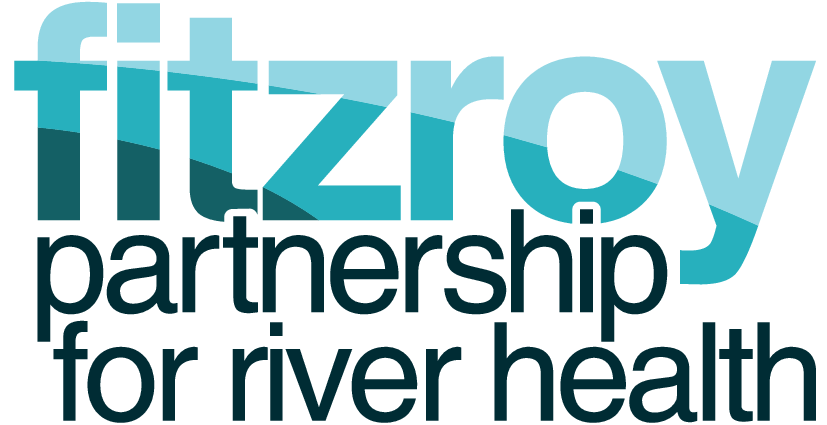Particulate Phosphorous (PP)
Particulate nutrients (nitrogen and phosphorus) are central to Great Barrier Reef nutrient cycling over a wide range of time scales, and are derived from both natural ecological events (e.g. litter fall, run-off, weathering) and from human sources (e.g. sewage outfall, fertiliser run-off, industrial and agricultural effluents). Phosphorus occurs in water almost solely as phosphates. PN compounds (in the form of nitrate) do not adsorb onto sediment particles as readily as particulate phosphorus (PP) compounds (phosphate), making PN more bioavailable.
In waterways with good water quality, naturally low levels of phosphate limit the growth of aquatic plants. A sudden increase in phosphorus can stimulate great increases in aquatic plants (macrophytes) and algae. This temporarily increases oxygen production within a water body, but then results in a depletion of dissolved oxygen (DO) when the plants decompose. Low DO levels can lead to fish kills and the death of other aquatic fauna. Increased phosphate is known to stimulate blue-green algal blooms, potentially leading to death of stock or birth defects from associated toxins. Aquatic weeds also thrive under high-phosphorus conditions, highlighting the importance of limiting PP run-off into waterways.
Furthermore, the impacts of PP contribute to the cumulative impacts of other stressors (e.g. fresh water-flood plumes, elevated nutrients, impacts from cyclones, increasing sea surface temperatures) to increase the overall impact on organisms of the Reef.
Select the interactive map below to discover where in our catchment the PP is coming from. You can search by total exported load or how much is being delivered from the grazing and farming lands in our region.
The model does not calculate streambank erosion loads for grazing/farming lands. These numbers have been calculated by estimating the stream density in each catchment that is on grazing lands compared to the density of streams on non-grazing/farming lands and allocating the proportion of total streambank load to the landuse.
Please note, these estimates are developed from models and should be considered estimates only. They do, however, provide a good relative comparison between catchments.
[wqip-data component=’pollutant-loads’ category=’P_Particulate’ parameter=”]


